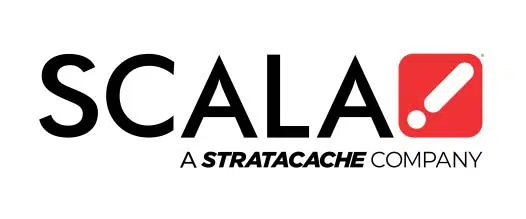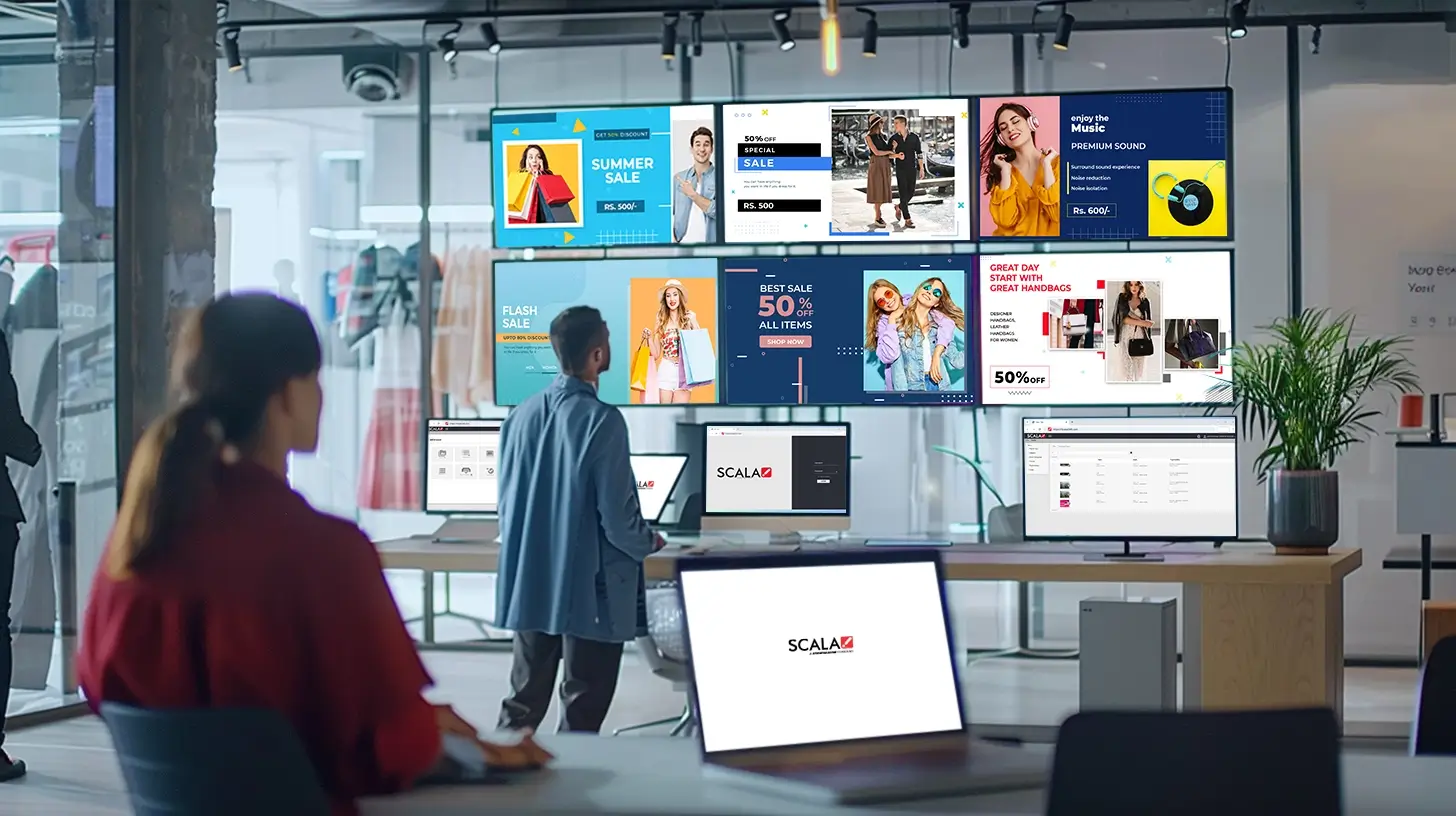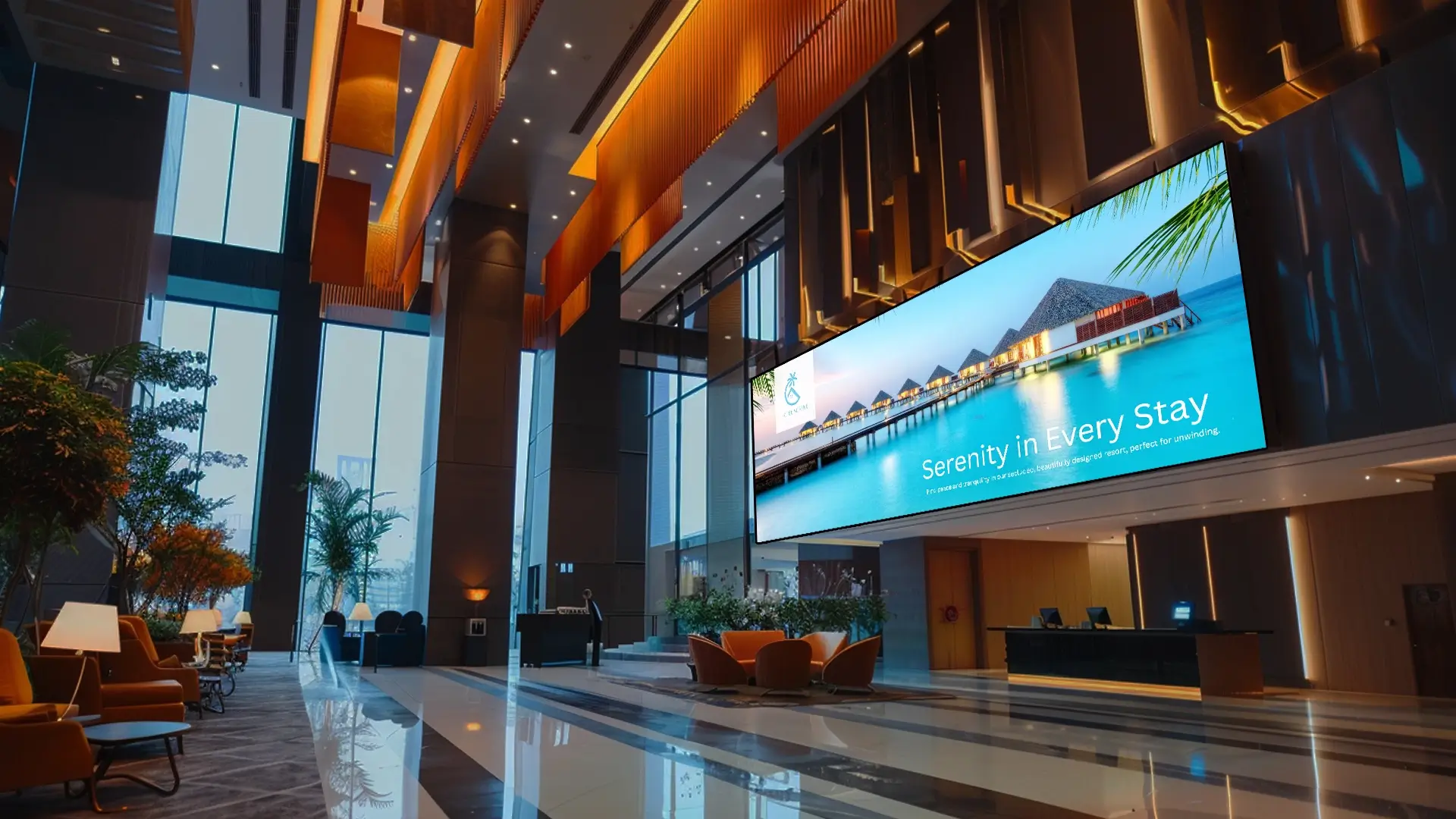The Ultimate Guide to Digital Menu Boards: Boosting Restaurant Efficiency in India
by Scala Team
The Ultimate Guide to Digital Menu Boards: Boosting Restaurant Efficiency in India
by Scala Team
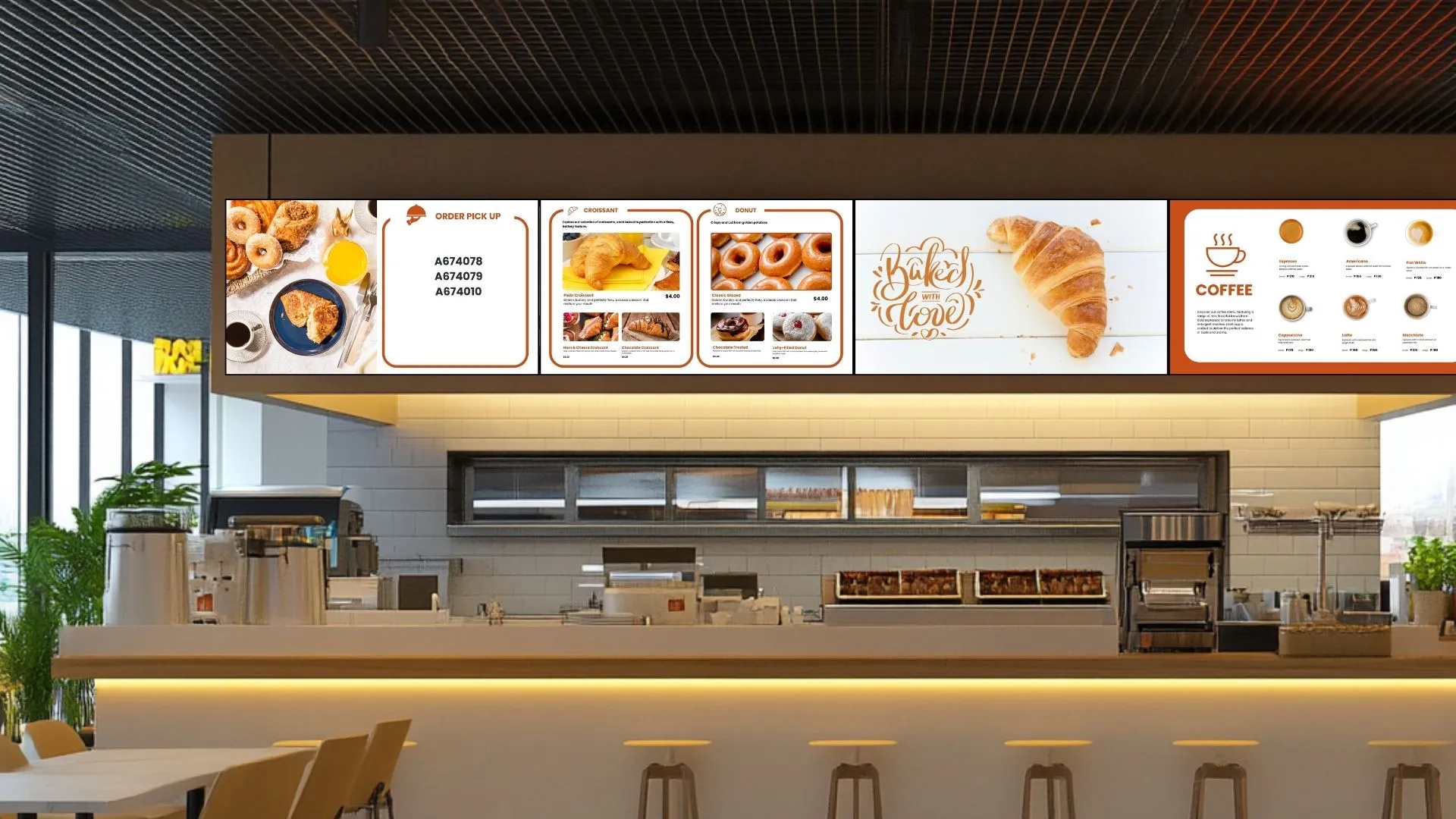
As restaurants in India strive to keep up with the dynamic demands of consumers, one of the digital enhancements to emerge was digital menu boards. This has become a key tool to improve both operational efficiency and the overall dining experience.
This article will explore and explain what digital menu boards are, their advantages, how they are specifically tailored for the Indian restaurant industry, and how they can be leveraged to boost efficiency.
Understanding Digital Menu Boards
Digital menu boards are electronic displays that present a restaurant’s menu offerings with a visually aesthetic appeal and dynamic manner. Unlike traditionally printed menus, digital menu boards allow for easy updates, customization, and integration with other digital systems such as the POS, making them a versatile tool for modern restaurants. Integrating the digital menu board into the POS system allows the restaurant to show dynamic menus and pricing instantly. This makes promoting new items and prices easily without having to go through the manual process of editing prices per item or having to create and print out a new menu which can take days to finish.
The Rise of Digital Menu Boards in India
In recent years, the use of digital menu boards in India has seen a significant uptick in usage, particularly in urban areas where the food and beverage industry are highly competitive. Restaurants, cafes, and even fast-food chains have been turning to digital solutions to better streamline their operations, and thereby offer a more engaging customer experience.
Several factors contribute to this trend:
- Increase in Tech-Savvy Population: As the younger Indian generation emerges as the new and more tech-savvy consumers, restaurants are quickly adapting to meet their digitally discerning expectations. Digital menu boards provide an interactive and modern touchpoint that resonates well with this rising demographic.
- Cost-Effectiveness: While the initial investment in digital menu boards may seem steeper compared to their printed menu counterparts, they are more cost-effective in the long run. Traditional menus require reprinting for every change, whereas digital menu boards can be updated in real-time with minimal cost.
- Increased Efficiency: Restaurant efficiency tools, like digital menu boards, aid in reducing wait times, improving order accuracy, and enhancing the overall customer experience. This is particularly beneficial during peak hours when swift, accurate and efficient service is crucial.
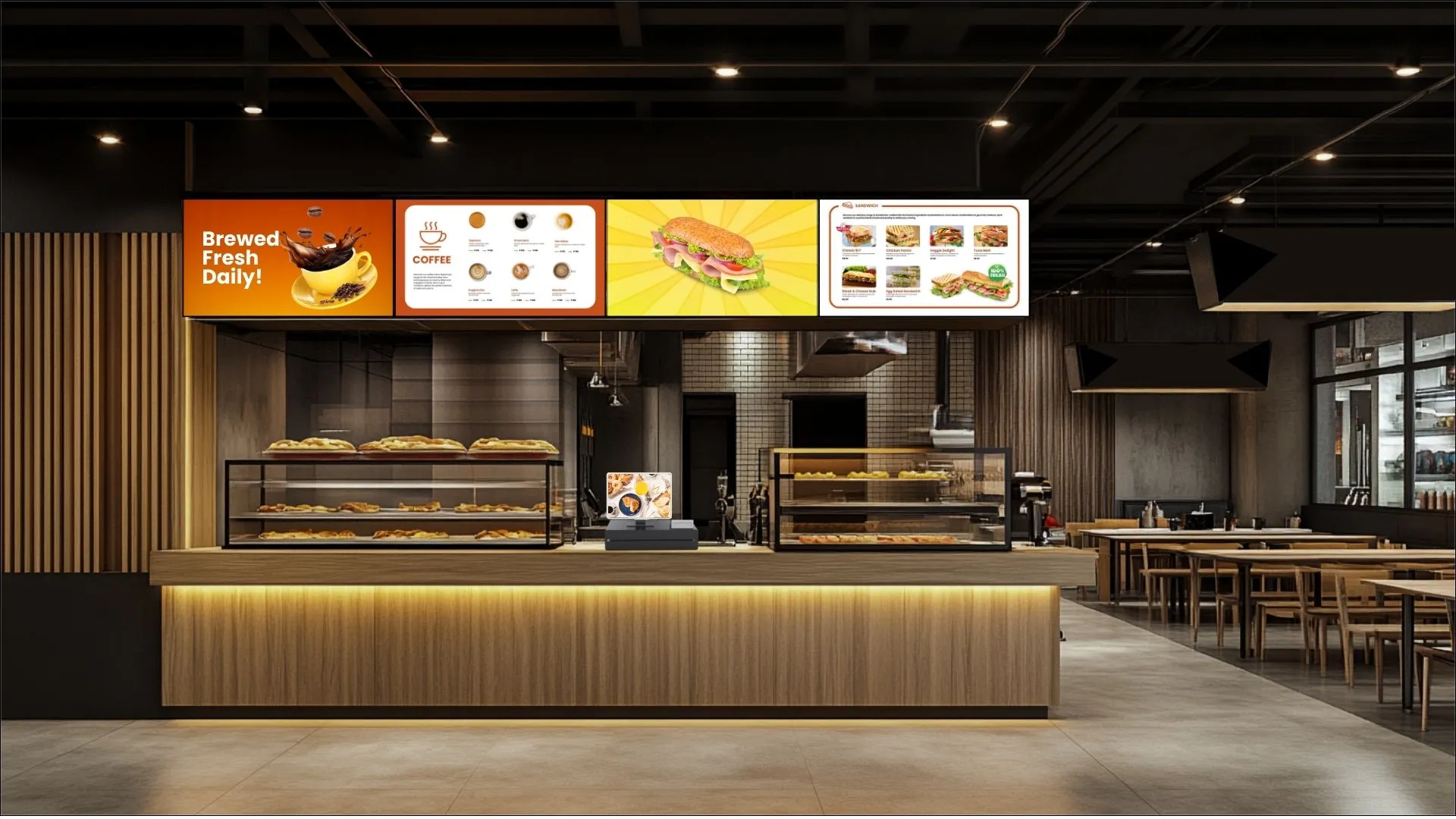
Benefits of using Digital Menu Boards in India
- Real-Time Updates and Flexibility: One of the most significant advantages of digital menu boards is the ability to update pretty much any item on the menu – may they be food and beverage items, prices, offers and promotions in real-time. Whether it’s changing the availability of a dish or launching a special limited-time offer, changes in a digital menu board can be made in a timely manner and more importantly, without the need for costly reprints. This flexibility is especially valuable in fast-paced cities in India, where tough competition calls for snappy promotions and menu offerings to cater to a highly selective market.
- Enhanced Visual Appeal: Digital menu boards allow restaurants to showcase their dishes with high-quality content, making the menu more appealing to customers. Studies have shown that dynamic visuals can positively influence a customer’s decision, and a well-designed digital menu board can be used to push sales of high-margin items.
- Improved Customer Experience: A streamlined and aesthetically appealing digital menu board can be more efficient for customers to navigate the menu and make decisions quickly. Additionally, digital menu boards can highlight appetizing images of dishes, display nutritional information, ingredients, and allergen warnings, catering to the growing demand for transparency in food choices.
- Streamlined Operations: Integrating digital menu boards with other digital menu solutions like point-of-sale (POS) systems can decrease restaurant processes, streamlining operations efficiency. Orders can be directly linked to the kitchen, reducing the risk for errors and service wait times. This integration is a breakthrough especially for fast-paced restaurants, where handling large volumes of orders need to be done efficiently and accurately.
- Effective Promotion and Upselling: Digital menu boards can also be excellent restaurant efficiency tools for promotions such as seasonal deals, combos, or highlighting new menu items. The dynamic and flexible nature of these digital menu boards allows restaurants to change promotions based on the season, time of day or inventory levels, which can then maximize revenue opportunities. For instance, a restaurant can promote breakfast items in the morning and switch to lunch specials in the afternoon, all with just a few clicks.
- Consistency Across Locations: For restaurant chains with multiple locations, digital menu boards ensure a uniform look and branding. This also creates consistency in food items and pricing across different outlets. A centralized software lets changes happen simultaneously across a network of digital menu boards, ensuring that customers have the same experience regardless of restaurant location. This is also true for managing digital signage for restaurants in India, where maintaining brand consistency across different regions can be challenging.
- Environmental Benefits: By reducing the need for printed menus and promotional materials, digital menu boards contribute to a restaurant’s sustainability efforts. As more Indian consumers are becoming environmentally conscious, adopting digital menu solutions can positively affect a restaurant’s brand image.
Implementing Digital Signage for Restaurants in India
For restaurateurs looking to implement digital signage for restaurants in India, here are some key considerations:
- Choosing the Right Software and Hardware: Select a digital menu solution that is user-friendly and compatible with your existing systems. The hardware should be durable, especially in a country like India with extreme climatic conditions, and the software should offer an easy interface for quick updates.
- Visual Strategy: Invest in high-quality photography and videography to highlight your restaurant’s best-selling food items and dining experience. Visuals that evoke emotions – such as appetizing food and a cozy dining ambience – can positively influence the customer to be more attuned to what the restaurant has to offer. This visual strategy can then be used to highlights best-selling items, seasonal specials, and promotions. Keep the design clean and easily readable, with a focus on making the customer’s decision-making process as smooth and seamless as possible.
- Integration with POS Systems: To fully leverage the benefits of digital menu boards, integrate them with your POS system for efficiency. This will enable real-time updates, reduce order processing times, and improve overall operational processes.
- Integration with Self-ordering kiosks: When a customer places an order at the digital kiosk, the digital menu board can display the selected items and allow the customer to visually check and confirm their orders. This can help streamline the ordering process, reduce wait times and improve the overall efficiency in the restaurant. By providing customers with a clear visual representation of their order, self-ordering kiosks integrated with digital menu boards help to minimize errors and ensure customer satisfaction.
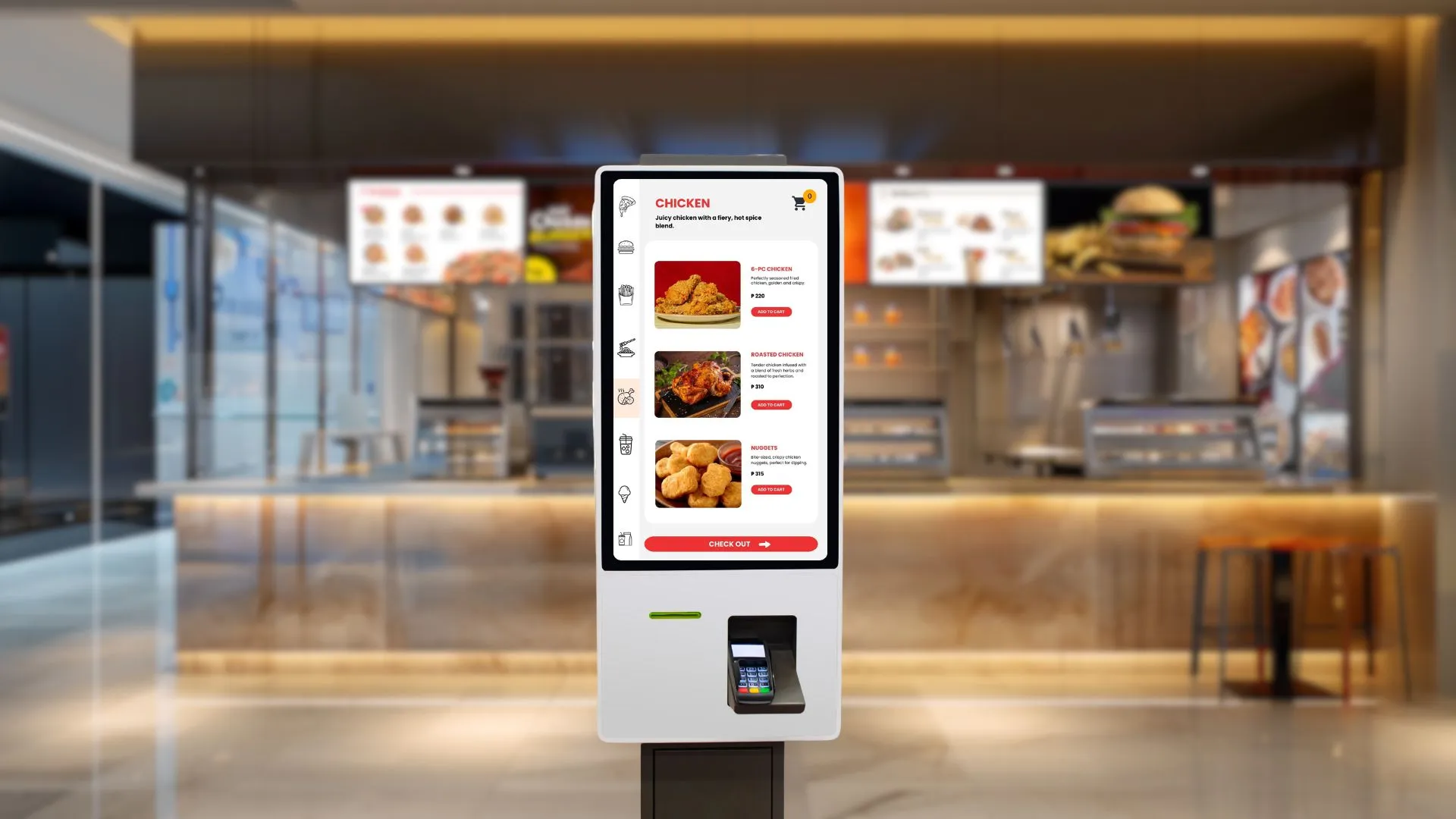
-
5. Compliance with Local Regulations: Ensure that your digital menu boards comply with local regulations regarding food labeling, pricing, and advertising. In some regions, displaying nutritional information may be mandatory, so be sure to stay updated on legal requirements.
As the food and beverage industry continues to evolve digitally, future trends for digital menu solutions like digital menu boards are expected to be shaped by emerging technologies like artificial intelligence (AI), touchless interaction, and personalized experiences.
AI will enable digital menu boards to analyze customer preferences and suggest customized meal options, creating upselling opportunities and a more personalized dining experience.
Touchless interactions are driven by advances in gesture recognition and mobile integration, which will become more prevalent in the future. This will allow customers to interact with menus without physical contact—a trend that has been magnified by the recent pandemic, with greater emphasis on hygiene and safety.
Looking ahead, digital menu boards, along with other digital menu solutions, are likely to become even more interactive, intelligent, and integrated with broader restaurant systems, providing real-time data and analytics to better optimize operations. These enhancements will not only streamline restaurant efficiency but also transform how customers engage with menus, making dining a more intuitive, bespoke, and accessible experience for all. As the restaurant industry in India and globally continues to embrace these innovations, digital menu boards will become the foundation of a technologically modern dining experience.
As the Indian restaurant industry continues to evolve, digital menu solutions are becoming an essential tool for enhancing the dining experience. By investing in digital menu boards, restaurants can streamline their operations, engage customers more effectively, and stay ahead in a competitive market. Whether you’re running a small café or a large chain, the shift to digital menu boards is a smart move that can yield significant returns in the long run.
By embracing this technology, restaurants in India are not only boosting their efficiency but also setting a new standard for the dining experience. To learn more about how you can start Digital Menu Boards, visit https://apac.scala.com/in/industries/quick-service-restaurants/
About the Author:
Scala digital signage experts share their experience and thoughts in our blog to provide practical tips and advice for real-world applications. Our team aims to offer interesting content through a variety of formats including long form articles, video logs, interviews and infographics.
